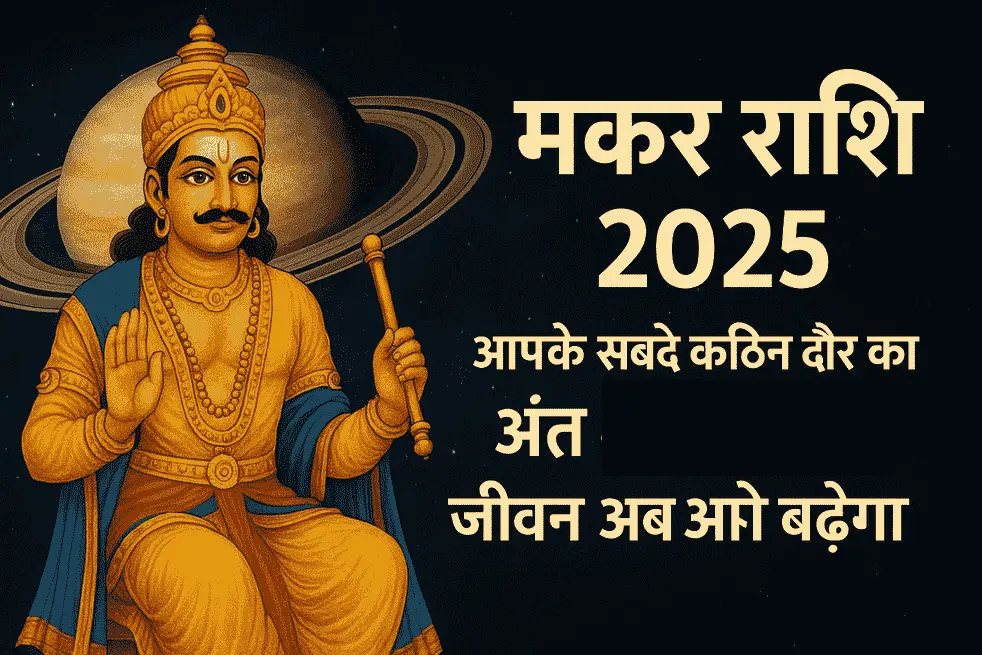Sade Sati: The 7.5-Year Transit
Traditionally, Sade Sati begins when Saturn enters the sign immediately before your natal Moon, covering three consecutive signs:
- Rising Phase: Saturn transits the sign immediately before your natal Moon (the 12th house from your Moon). This period marks the gradual buildup of Saturn’s influence. In our system, the entire period when Saturn occupies this sign is considered the rising phase.
- Peak Phase: As Saturn moves into your natal Moon sign, its influence reaches a critical point. This is considered the peak phase—often the most challenging period. Our system labels every entry in this sign as “Peak.”
- Setting Phase: Finally, when Saturn enters the sign immediately after your natal Moon (the 2nd house from your Moon), the intensity starts to wane. This is the setting phase, signaling the gradual dissipation of Saturn’s pressure.
Authentic House-Based Division
Rather than relying on arbitrary angular thresholds, our backend code uses the actual zodiac sign positions. For example, if your natal Moon lies in Leo, the rising phase is when Saturn is in Cancer (the sign immediately before Leo), the peak phase when Saturn is in Leo, and the setting phase when Saturn is in Virgo (the sign immediately after Leo).
Retrograde Splitting
Saturn’s retrograde motion adds another layer of nuance:
- Phase Splitting: If Saturn reverses its retrograde state (or comes out of retrograde) during any phase, our system splits that phase. For example, a rising phase might be segmented into “Rising” and “Rising (Retro)” portions.
- Interpretation: This is important because retrograde periods tend to prolong and intensify Saturn’s effects. By clearly marking these segments, you can see exactly when Saturn’s retrograde influence occurs within your Sade Sati cycle.
Small Panoti (Shani Dhaiya): The Shorter, Intense Transit
While Sade Sati affects three consecutive signs (7.5 years total), Small Panoti occurs when Saturn transits either the 4th or 8th sign from your natal Moon:
- 4th Sign (Kantaka Shani): Typically associated with disruptions in home life, emotional stress, or property-related issues.
- 8th Sign (Ashtama Shani): Often linked with sudden changes, hidden obstacles, or deep transformations.
Authentic Detection
Our system identifies Small Panoti periods using a sign‑based approach:
- If Saturn enters either the 4th or 8th sign relative to your natal Moon, that entire transit (approximately 2.5 years) is flagged as a Small Panoti phase.
- Retrograde Splitting: Just like with Sade Sati, if Saturn’s retrograde state changes during a Small Panoti period, the phase is split and labeled accordingly (for example, “Small Panoti (Retro)”).
Detailed Data for Visualization
Small Panoti records also include the start and end degrees of Saturn, which means you can map out not just the timing but also the precise position of Saturn during these challenging transits.
Why These Authentic Calculations Matter
Our approach reflects classical Vedic principles:
- House-Centric Evaluation: By basing phase divisions on the actual zodiac sign (house) relative to your natal Moon, the system aligns with traditional methods.
- Retrograde Awareness: Splitting phases when Saturn goes retrograde or returns to direct motion offers a clearer picture of how Saturn’s influence evolves.
- Visual Clarity: Including Saturn’s degrees at phase boundaries enables more nuanced, timeline-based visualizations, empowering you to see the dynamic progression of these cosmic cycles.
Conclusion
Whether you’re new to Vedic astrology or a seasoned practitioner, understanding Saturn’s transits—both Sade Sati and Small Panoti—is key to navigating life’s ups and downs.By embracing these time-honored principles, our calculations can help you better anticipate challenges, plan for transitions, and explore the deeper meanings behind Saturn’s slow, steady journey across your chart.
Leave a comment
Your email address will not be published. Email is optional. Required fields are marked *




